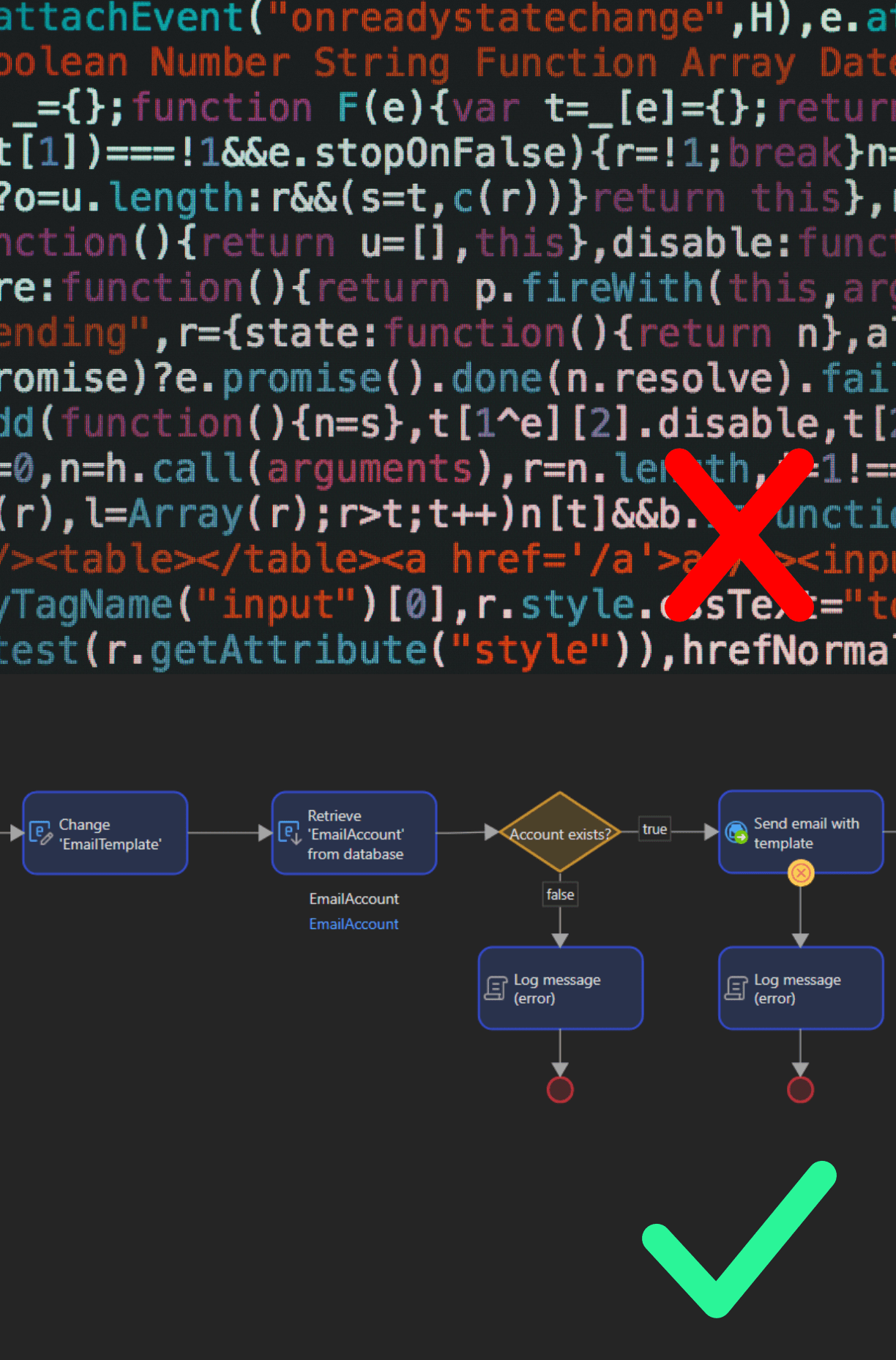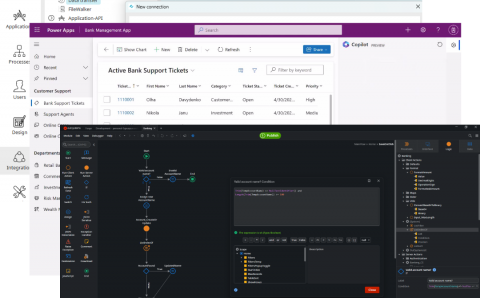Why choose low-code?
Why choose low-code?
What is Low-Code?
Low-code: A Closer Look
Visual programming, pre-built blocks
Complete software development
Business and Developers Synergy

Businesses and industries utilizing low-code platforms
Financial
Retail
Manufacturing
Services
Healthcare
Public sector
“By 2026, low-code development tools will account for 75 % of new application development.”
Gartner
Benefits of leveraging low-code platforms
Rapid Application Development (RAD): Low-code platforms enable developers to build applications much faster than traditional coding methods. With accelerated development cycles and simplified workflows, low-code platforms enable organizations to bring new applications to market more quickly.
Accessibility for Non-Technical Users: Low-code platforms empower both professional developers and business users to build applications efficiently. Professional developers can focus on high-value tasks while using pre-built components, while citizen developers can easily create simple applications for themselves.
Built-in Security Features: Leading low-code platforms incorporate robust security features to protect applications and safeguard data against potential threats. These include role-based access control, encryption, authentication mechanisms, and compliance with industry standards and regulations.
Collaboration and Transparency: Low-code platforms promote collaboration and transparency throughout the development process by providing centralized repositories, version control systems, and collaboration tools. This fosters teamwork, improves communication, and ensures alignment between stakeholders.
Scalability and Flexibility: Low-code platforms are designed to accommodate scalability and adaptability requirements, allowing applications to grow and evolve alongside changing business needs. Developers can easily modify and extend applications as necessary, ensuring they remain relevant and effective over time.
Integration Capabilities: Many low-code platforms offer built-in integration capabilities, enabling seamless connectivity with existing systems and third-party services. This facilitates data sharing, workflow automation, and cross-platform compatibility, enhancing the overall functionality and usability of applications.


